Recycling Tips: How to Recycle and Why You Should Do It

Get news, updates, & event Info delivered right to your inbox:
Why Learning How to Recycle Matters
We all want to do what we can for the environment, and recycling is a great place to start. As a consumer, we have a responsibility to understand where our purchases come from, what impact our shopping habits have on the planet, and how to properly dispose of items after we've used them up. Waste is a serious environmental issue, but each of us can do our part by reducing the amount of waste we produce.
“Uncontrolled waste knows no national borders. It is carried by waterways across and between countries, while emissions from the burning and open dumping of waste are deposited in terrestrial and aquatic ecosystems and in the atmosphere. Pollution from waste is associated with a range of adverse health and environmental effects, many of which will last for generations.”
- UN 2024 Global Waste Management Outlook report
Recycling Guide
Whether you're a seasoned recycler or just starting out, understanding the basics of recycling can make a huge difference. In this guide, we'll share advice on how to properly handle common recyclables, plus tips to help you navigate the process. Let's dive into how you can make recycling a seamless part of your routine, making you a more responsible steward of our planet!
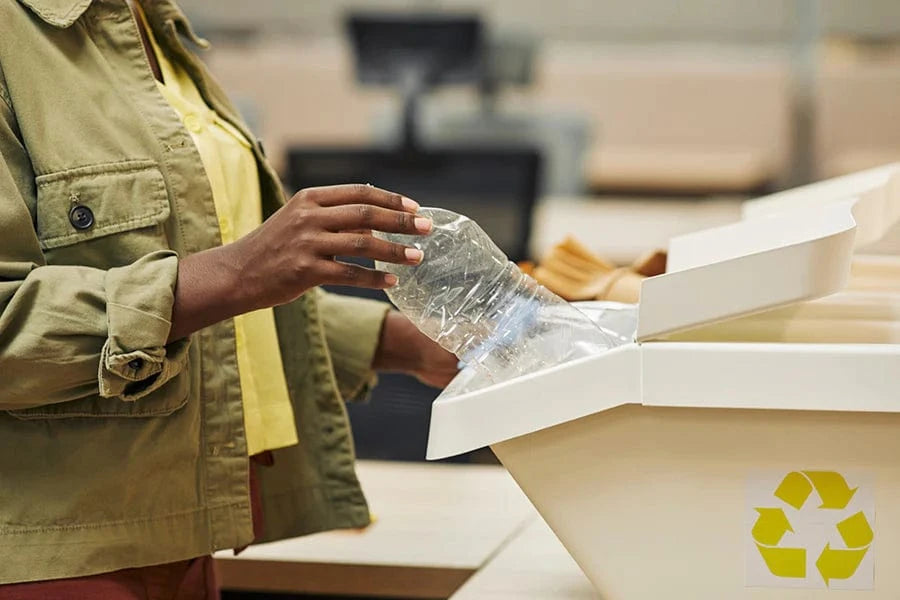
Plastic Recycling
The world has a serious plastic problem, and it's harming all of us. Many types of plastic can be recycled, but not all will be accepted by your municipality. Check with your local program, as policies vary. Plastic bottles and caps are widely accepted, but other types are harder to get rid of. Some things, like plastic bags, wraps and films, may be recycled at a local grocery or department store. Plastic utensils cannot be recycled, and rules differ for plastic containers and cups. Very few places accept styrofoam, but with a little research you may be able to find a place where you can responsibly dispose of it.
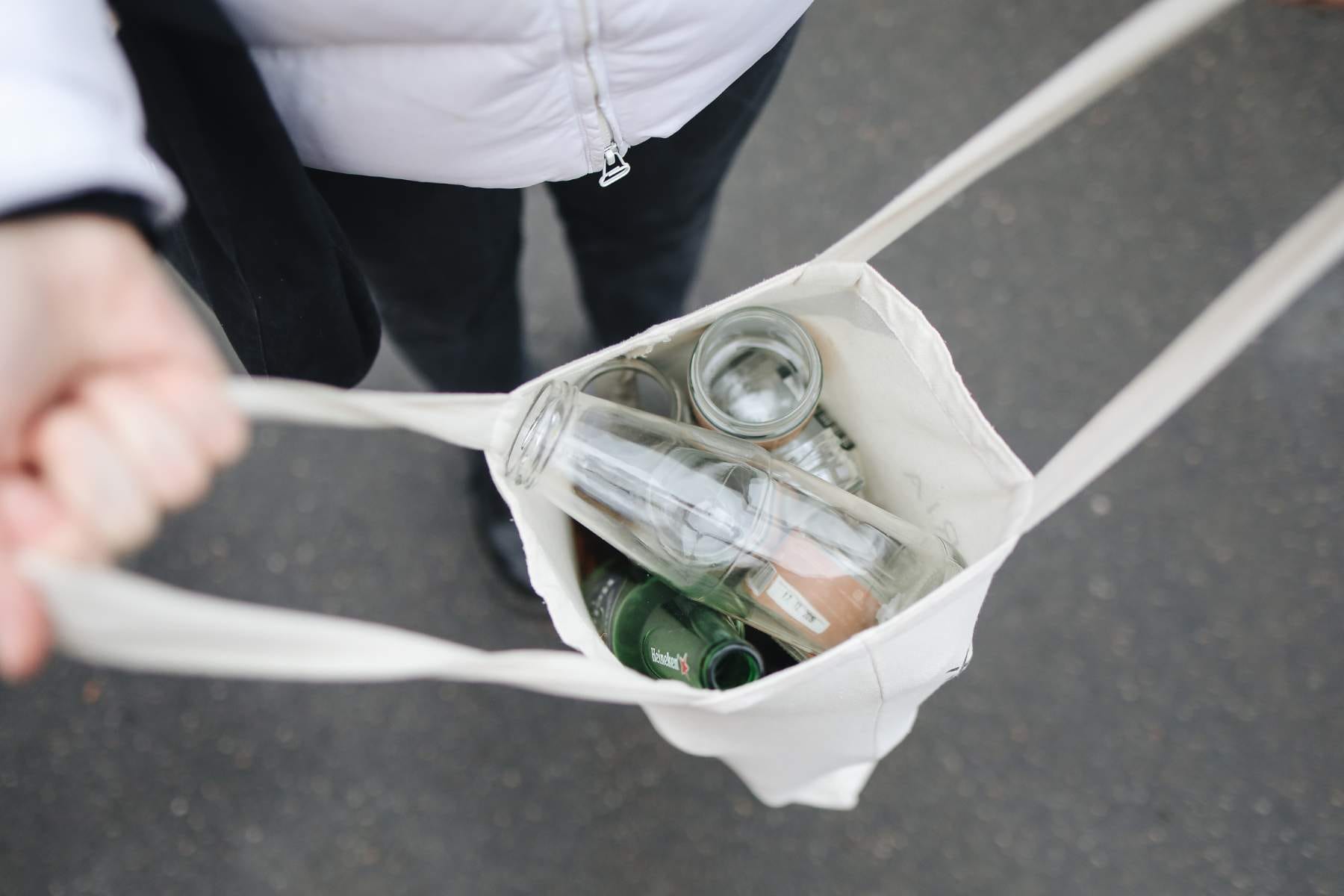
Glass Recycling
Glass, especially from food and drink containers, can be recycled over and over again. Remove metal caps and place clean, unbroken bottles in your bin. There is one exception: broken glass should never be placed in the recycling bin, as it can harm workers and damage equipment. Some municipalities accept non-paper recyclables together, while others could require you to separate glass, metal and plastics.
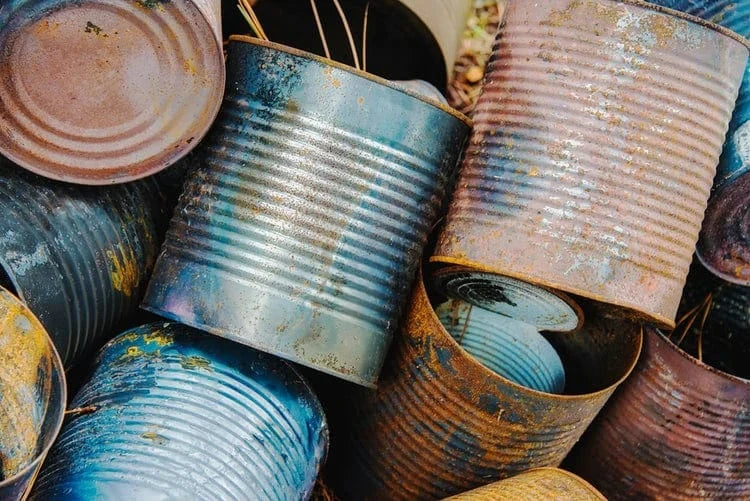
Metal Recycling
Aluminum cans and foil are simple! Rinse well and place in your bin. Don't crush cans, as this makes them harder to detect and sort at single stream recycling facilities. For other metals, you'll need to check with your municipality. Waste transfer facilities usually have a special metal dumpster—but there could be a fee. If you have a large volume of metal to get rid of, you can also look into local metal scrappers.
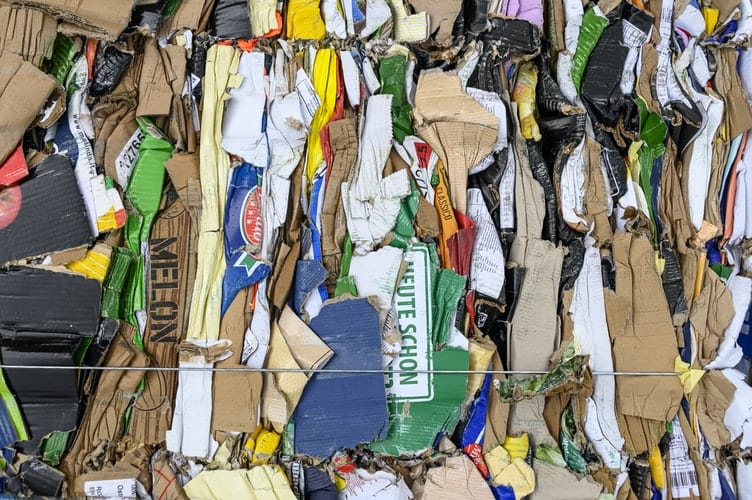
Paper Recycling
Recovered paper is used to make new paper products, saving trees and other natural resources. Find out what your community or office recycling program accepts. Most places will recycle newspapers, magazines, pizza boxes, mail, and cardboard. Rules can vary for things like shredded paper, takeout containers, gift wrap, books, etc. As a general rule of thumb, keep your paper recyclables separate from glass, plastic, or food waste: contamination by other wastes can render it un recyclable.
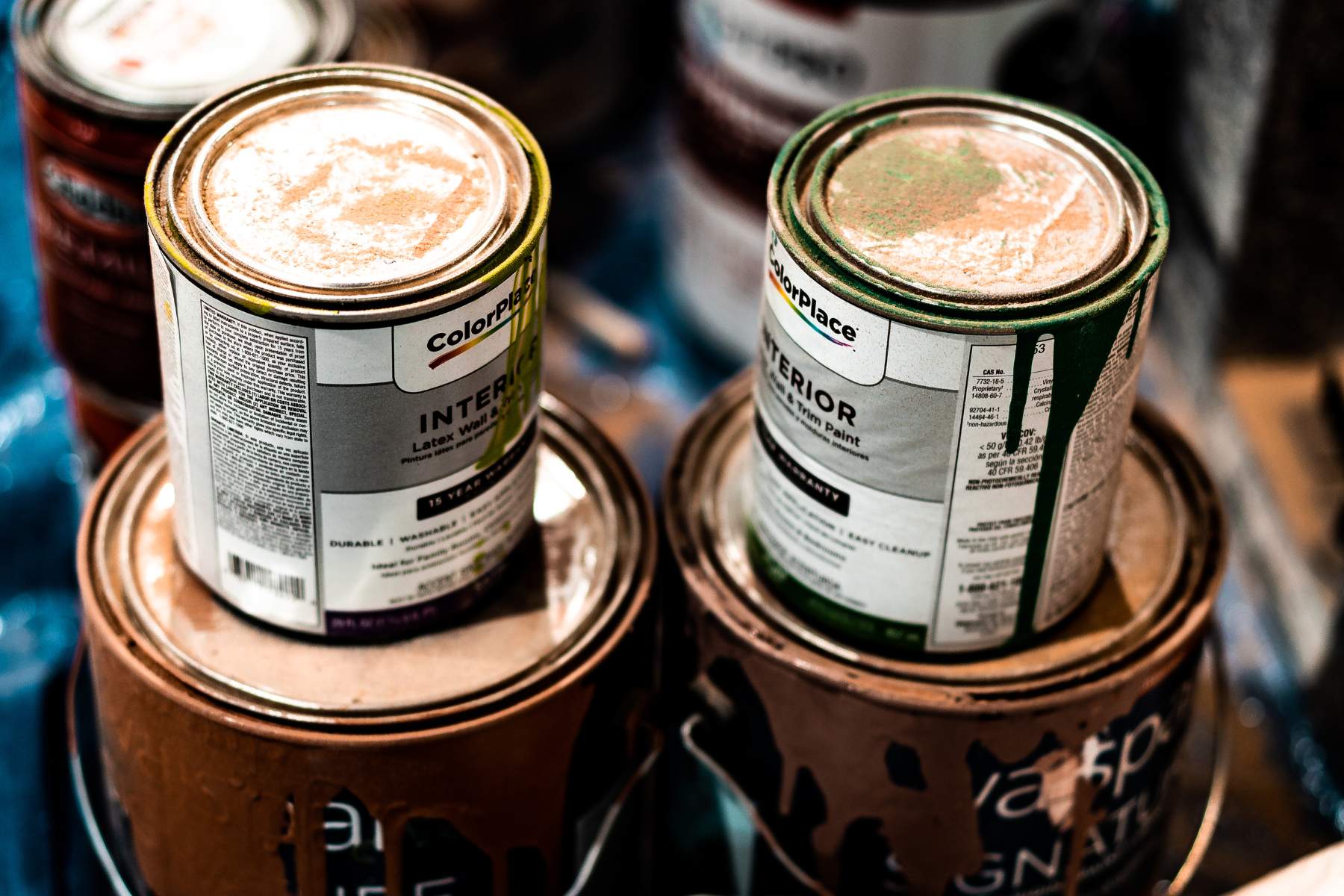
Household Hazardous Waste Disposal
This waste category includes leftover household products that are corrosive or could catch fire, react, or explode under certain conditions. It includes pesticides, herbicides, insecticides, paints, solvents, oil filters, light bulbs, batteries, un emptied aerosol cans, ammunition, ammonia, antifreeze, and nail polish. HHW should never be poured down the drain, dumped on the ground, or thrown out with regular trash. Look for special collection events in your community. Some retailers that sell HHW will also accept them for recycling. Because HHW is potentially dangerous and can be challenging to safely dispose of, we recommend minimizing purchases to what you strictly need—and using non-hazardous alternatives when feasible.

Battery Recycling
While batteries are recyclable, most types, including lithium-ion, lithium metal, lead-acid, nickel cadmium, and other rechargeable batteries, should never be added to household garbage or recycling bins. Look for local drop off locations like in-store recycling bins, mail-in programs, and community collection events. For certain types of batteries, you can also check with the retailer you purchased them from; especially when it comes to larger batteries.
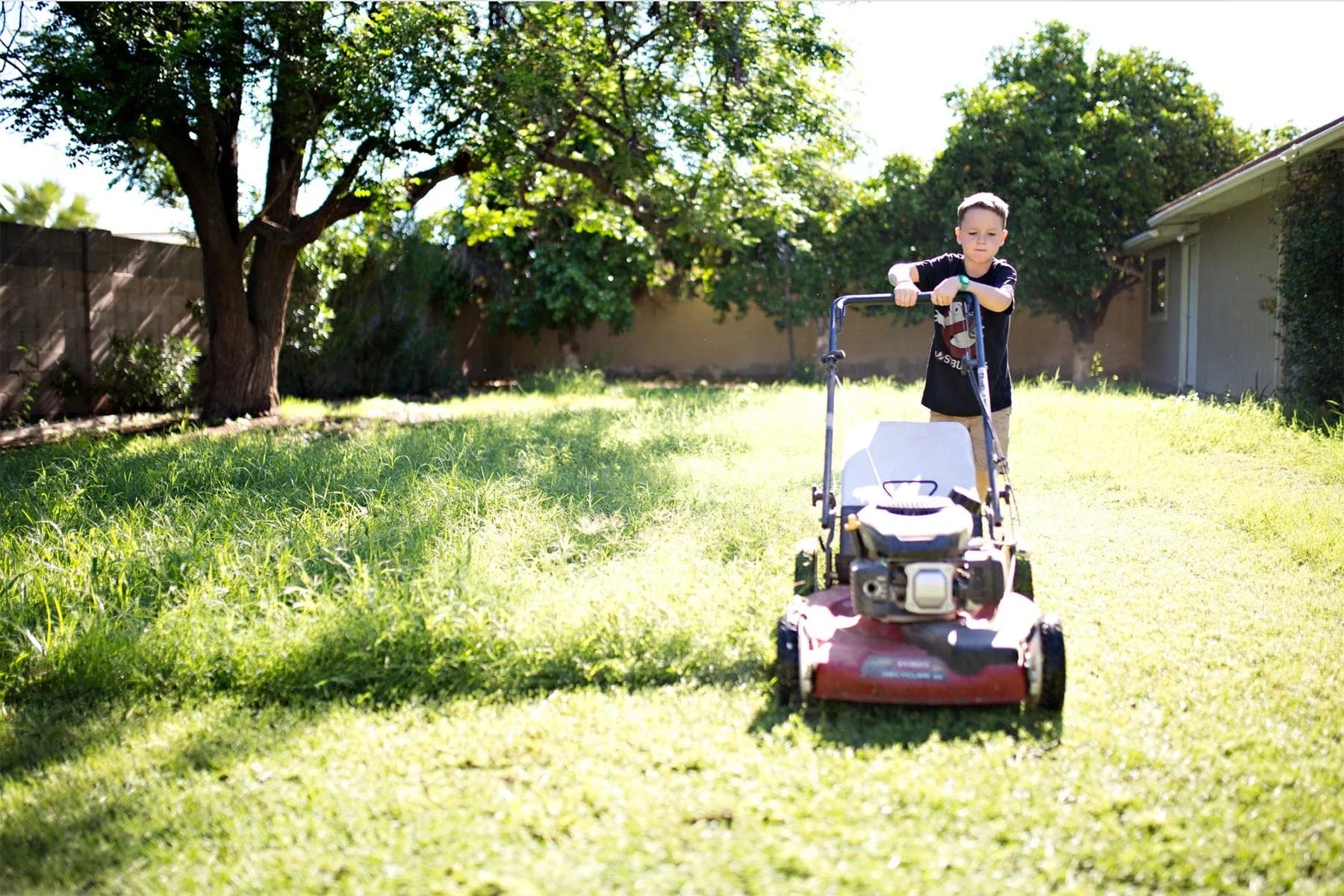
Composting or Mulching Grass Clippings
Yard trimmings cannot be recycled, but they can be composted or mulched. If that isn't feasible for you, check if there is a yard trimming collection service in your area.

Donating Old Clothing
Gently worn clothes and shoes can be donated to charity. For damaged pieces, just ask! Even if they cannot be worn, they may still be usable for other purposes (like turning into rags). Some retail stores will also recycle them.
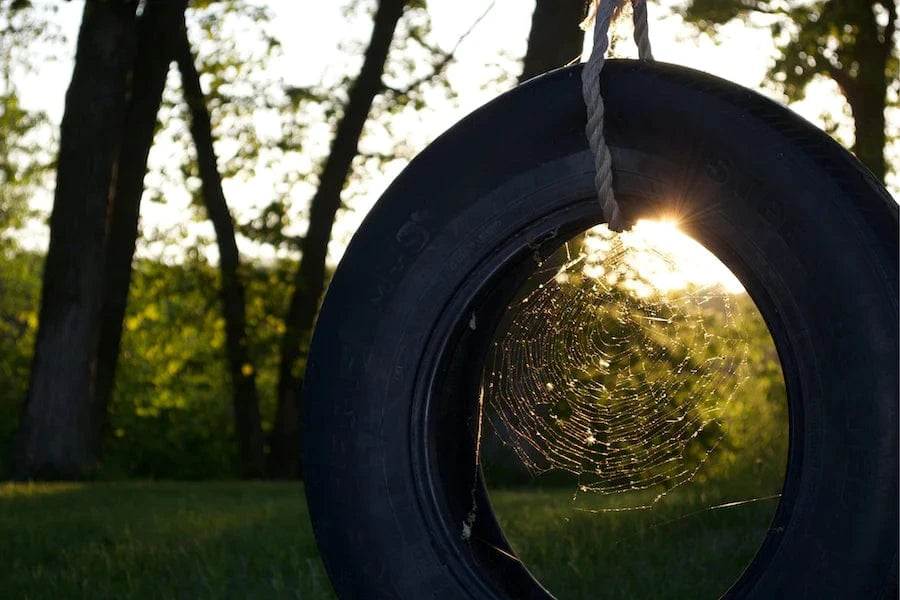
Tire Recycling
Most garages are required to recycle your used tires when they install new ones on your vehicle. If you have old tires on your hands, you may be able to bring them to a tire retailer or local recycling facility, for a fee. Some communities also hold collection events.
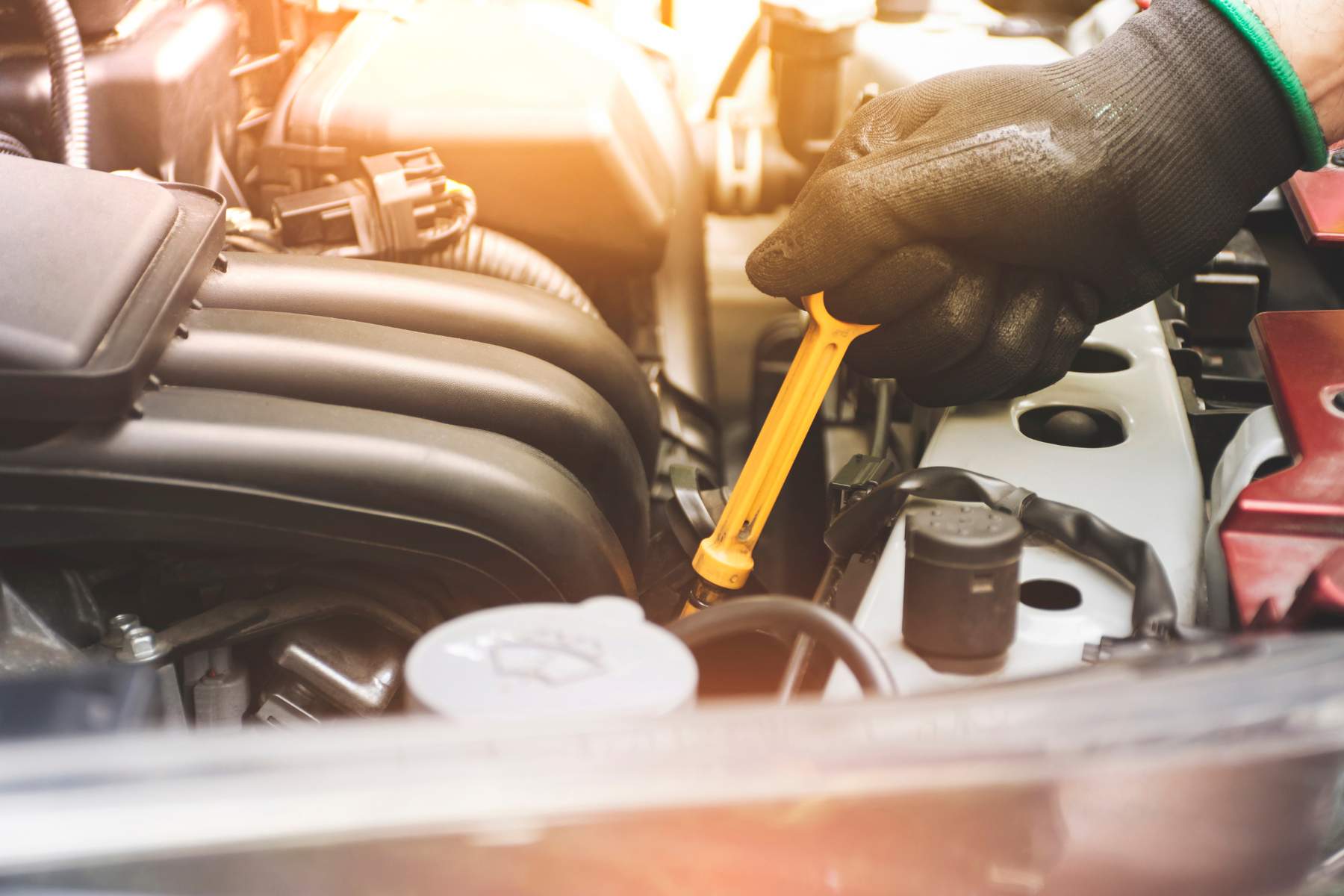
Used Oil Disposal
The used oil from one oil change can contaminate one million gallons of fresh water. Many garages and auto supply stores that sell motor oil will accept it back for recycling. Used oil can be re-refined into lubricants, processed into fuel oils, and used as raw material.
We hope these tips will inspire you reduce what waste you can, and recycle what you can't. And if reflecting on a lifetime of plastic consumption has gotten you down, don’t beat yourself up too much! Start where you are, and do better today.
Get news, updates, & event Info delivered right to your inbox:
Related Posts
The 9 Oldest, Tallest, and Biggest Trees in the World
11/12/2025 by One Tree Planted
Winter and Trees: How Do Trees Survive Winter?
09/12/2025 by One Tree Planted
Why Trees Are Great Holiday Gifts
04/12/2025 by Meaghan Weeden
Popular On One Tree Planted
The 9 Oldest, Tallest, and Biggest Trees in the World
11/12/2025 by One Tree Planted
What Causes Deforestation?
10/07/2025 by Meaghan Weeden
8 Amazing Bamboo Facts
14/01/2025 by Meaghan Weeden
Fundraising Disclosures

Be Part of the
Restoration Movement
The Grove is more than just a monthly giving program: it's a vibrant community of individuals who are dedicated to reforestation and environmental restoration on a global scale.
As a member of The Grove, you affirm your commitment to restoring forests, nurturing biodiversity, and fostering positive global change.




